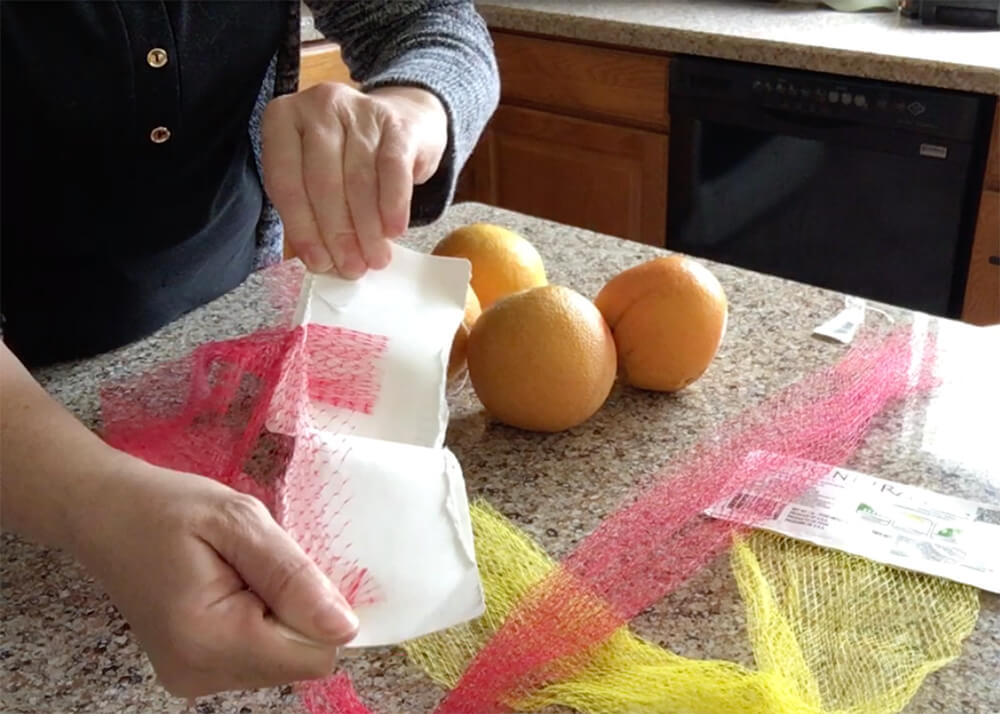
By Karen Langston.
When my daughter was younger, taking her lunch to school garnered excitement from her friends who wondered what would be on the menu clad in strange bottles and containers. Her food was always hot in a stainless steel thermos, with everything else stored in little jars. Her lunch was an almost litterless and plastic-free affair, long before we were conscious of being eco-friendly.
The Health Ramifications of Plastic
The real reason for this was for her health. The evidence is mounting on the negative health effects of plastic. Some plastic still contains bisphenol A (BPA), which studies prove are harmful to our endocrine and reproductive systems. Most manufacturers have replaced BPA with bisphenol S (BPS), which is just as toxic.
Other problems with “BPA free” and “safe” plastics include the use of anti-bacterial agents, additives and coatings manufactured into plastics, which studies from ScienceDaily and Brevia show migrate into foods stored in the containers. Even more frustrating is that manufacturers are not required to disclose what chemicals are used in plastic. Not only is this hazardous to our endocrine system, but it also negatively impacts our precious gut bacteria and our immune system.
Going Plastic-free is Easier Than You Think
We hear a lot about the environmental impact plastic is having on animals, birds and oceans. But we hear little about the health ramifications on humans. But going plastic-free in your kitchen is a good way to protect your family’s health and the environment.

Instead of using plastic wrap to wrap food, use jars with tight-fitting lids, bowls with a plate on top to keep the air out, or canning jars. Canning jars come in numerous shapes and sizes with universal lids. You can also use canning jars in the freezer. Leave an inch or two of space for expansion so the glass doesn’t break. Write the date and contents on the glass with a permanent marker. It washes easily with soap and water.
For glass containers with plastic lids, use non-bleached parchment paper as a barrier between the lid and food to help stop the leaching of chemicals. Once the lid has worn and cracked, properly dispose of it and purchase non-toxic fabric bees wax cloths (available on Amazon) or make your own.
Using paper bags for trash is still an option. Here in the Valley, Recycled City has a weekly service for picking up food scraps and leftovers. The food is composted to help create rich soil for local farms to grow fruits and vegetables. If we are having our food scraps picked up and recycling everything else, what is truly garbage can fit into a paper bag. Another win-win for the environment and our health.
Lunch packs from companies like Kid Basix
and New Wave offer water bottles and food-grade stainless steel containers with clamp lids for a litterless and plastic-free lunch.
For carry-out food, restaurant leftovers, and drive-through coffee runs, bring your own mug and containers. Restaurant containers are usually plastic or worse, non-recyclable chemically laden styrofoam… not cool. Talk to the owner of your favorite restaurant and ask if they’re willing to change to environmentally friendly containers, or just bring your own. You could start a movement!
You can have a plastic-free kitchen! The more we say no to plastic, the more powerful our voice becomes, forcing manufacturers to make changes. And less plastic is a win-win situation for the health of your family and the environment. Happy Earth Day!
Karen Langston is a Certified Holistic Nutritionist working with clients on how to have three healthy poops a day. Poop well, be well. healthygutadvisor.com





